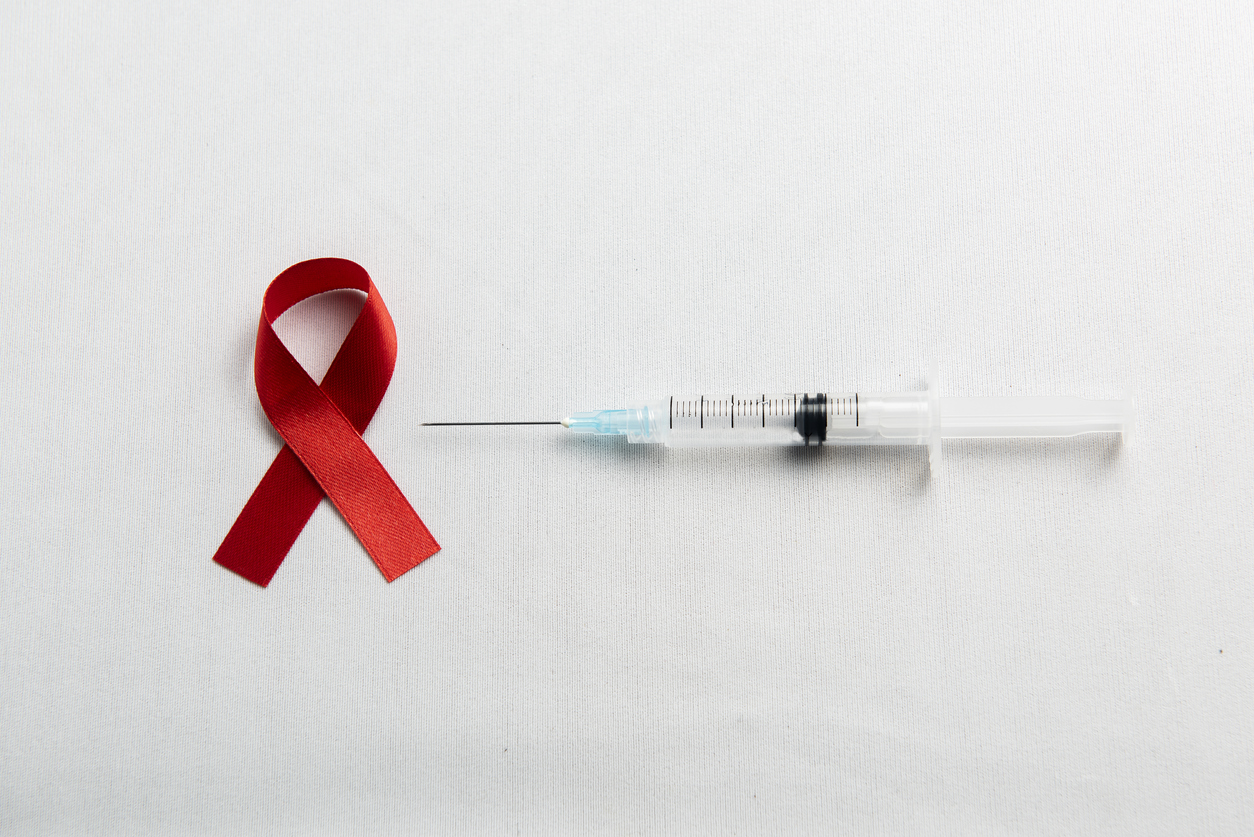2025-09-29
Pregnancy at risk: do heat and pollution tip the balance?
Public Health and Social Medicine
By Ana Espino | Published on september 29, 2025 | 3 min read
#PretermBirth #AirPollution #Pregnancy #Birth
Preterm birth (PTB) is one of the leading causes of neonatal morbidity and mortality, especially in low- and middle-income countries (LMICs). Many environmental risk factors are poorly monitored in these settings, particularly exposure to excessive heat and air pollution. PM2.5 and black carbon—mostly produced by combustion—are suspected of disrupting fetal development, but their actual impact has not been clearly quantified in these vulnerable contexts.
A major challenge lies in the lack of consolidated data on the effects of heat and pollution in LMICs, where cumulative exposures are often higher and poorly regulated. A better understanding of these interactions is essential to tailor maternal health policies to local realities.
In this context, the study was initiated to assess the link between exposure to heat, PM2.5, and black carbon during pregnancy, and the risk of preterm birth in LMICs.
32 observational studies conducted in LMICs were selected. These studies aimed to quantify the impact of three major environmental exposures during pregnancy: ambient heat, fine particulate matter (PM2.5), and black carbon. Data were extracted with consideration for the exposure period (by trimester or across the entire pregnancy), the measurement method, and statistical adjustments.
The results show a significant association between heat exposure and the risk of PTB, particularly in the 1st and 3rd trimesters. The effect is even more pronounced when exposure spans the entire pregnancy. PM2.5 exposure is also associated with a moderate increase in risk. Black carbon, though less studied, shows a marked effect in the 3rd trimester.
Preterm birth—the leading cause of neonatal death in LMICs—represents a major public health concern. Yet its environmental risk factors, such as heat and pollution, remain under-evaluated in these regions. The challenge lies in identifying these multiple exposures and adapting prevention policies to local contexts.
This study aimed to quantify the impact of heat, PM2.5, and black carbon on the risk of prematurity through a systematic review and rigorous meta-analysis. It highlights strong associations, particularly for heat exposure in the 1st and 3rd trimesters, and a notable effect of black carbon in the 3rd trimester.
The findings underscore the urgency of recognizing these environmental factors as full-fledged perinatal determinants. However, the analysis is limited by the heterogeneity of included studies, the lack of combined exposure analysis, and the absence of standardized longitudinal data. Further work should include the development of targeted environmental monitoring programs during pregnancy, integration of these risks into prenatal care protocols, and the implementation of tailored prevention strategies, especially in urban and climate-vulnerable areas.
About the author – Ana Espino
As a scientific writer, Ana is passionate about bridging the gap between research and real-world impact. With expertise in immunology, virology, oncology, and clinical studies, she makes complex science clear and accessible. Her mission: to accelerate knowledge sharing and empower evidence-based decisions through impactful communication.
#PretermBirth #AirPollution #Pregnancy #Birth
Preterm birth (PTB) is one of the leading causes of neonatal morbidity and mortality, especially in low- and middle-income countries (LMICs). Many environmental risk factors are poorly monitored in these settings, particularly exposure to excessive heat and air pollution. PM2.5 and black carbon—mostly produced by combustion—are suspected of disrupting fetal development, but their actual impact has not been clearly quantified in these vulnerable contexts.
A major challenge lies in the lack of consolidated data on the effects of heat and pollution in LMICs, where cumulative exposures are often higher and poorly regulated. A better understanding of these interactions is essential to tailor maternal health policies to local realities.
In this context, the study was initiated to assess the link between exposure to heat, PM2.5, and black carbon during pregnancy, and the risk of preterm birth in LMICs.
Heat + fine particles: a toxic cocktail for the baby?
32 observational studies conducted in LMICs were selected. These studies aimed to quantify the impact of three major environmental exposures during pregnancy: ambient heat, fine particulate matter (PM2.5), and black carbon. Data were extracted with consideration for the exposure period (by trimester or across the entire pregnancy), the measurement method, and statistical adjustments.
The results show a significant association between heat exposure and the risk of PTB, particularly in the 1st and 3rd trimesters. The effect is even more pronounced when exposure spans the entire pregnancy. PM2.5 exposure is also associated with a moderate increase in risk. Black carbon, though less studied, shows a marked effect in the 3rd trimester.
A climate and obstetric emergency!
Preterm birth—the leading cause of neonatal death in LMICs—represents a major public health concern. Yet its environmental risk factors, such as heat and pollution, remain under-evaluated in these regions. The challenge lies in identifying these multiple exposures and adapting prevention policies to local contexts.
This study aimed to quantify the impact of heat, PM2.5, and black carbon on the risk of prematurity through a systematic review and rigorous meta-analysis. It highlights strong associations, particularly for heat exposure in the 1st and 3rd trimesters, and a notable effect of black carbon in the 3rd trimester.
The findings underscore the urgency of recognizing these environmental factors as full-fledged perinatal determinants. However, the analysis is limited by the heterogeneity of included studies, the lack of combined exposure analysis, and the absence of standardized longitudinal data. Further work should include the development of targeted environmental monitoring programs during pregnancy, integration of these risks into prenatal care protocols, and the implementation of tailored prevention strategies, especially in urban and climate-vulnerable areas.
Read next: Pregnancy and the skin: hormonal reflection or clinical warning?
About the author – Ana Espino
PhD in Immunology, specialized in Virology

Last press reviews
Could cinnamon become a natural treatment for metabolic syndrome?

By Lila Rouland | Published on December 5, 2025 | 3 min read<br><br>...
Who is afraid of Christmas? Do holidays trigger psychiatric crises?

By Carolina Lima | Published on Décember 4, 2025 | 3 min read
Twice-yearly injections to change the game?

By Ana Espino | Published on December 3rd, 2025 | 3 min read